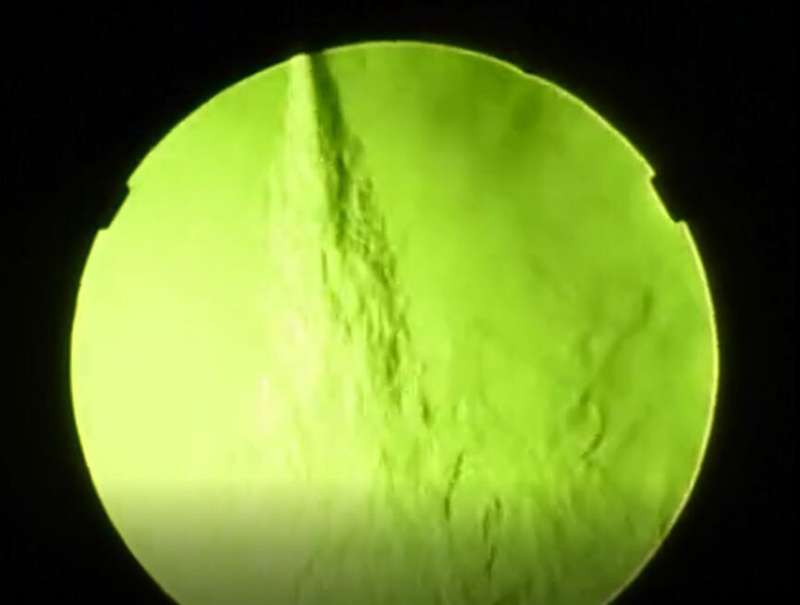New approach to airborne disinfection uses food-coloring dyes

The COVID-19 pandemic has shed new light on the needs for improved disinfection methods, both for individuals and facilities.
Purdue University innovators have developed an airborne disinfection method—using food-coloring dyes—to be applied to the entire body and rooms for sterilization purposes and lowering the risk of infection.
The Purdue team's disinfection method uses edible materials. The Purdue team presented the technology in July during a COVID-19 virtual conference sponsored by the National Council of Entrepreneurial Tech Transfer.
"Most of the antiviral and antibacterial sprays used for airborne antiviral and antibacterial disinfectants, such as aerosolized hydrogen peroxide, ozone and deep ultraviolet illumination, are a biohazard risk to humans," said Young Kim, an associate professor of biomedical engineering at Purdue. "Additionally, disinfectants containing titanium dioxide and noble metal nanoparticles pose carcinogenic and cytotoxicity risks."
Kim also said new methods are needed since transmission of pathogens (viruses and bacteria) often occurs in the air and infection with pathogens is transmitted by an airborne route. The Purdue method might also help in medical settings, where healthcare workers typically are exposed to the disease-causing agents when they take off their personal protective equipment.
The Purdue airborne antiviral phototherapy technique uses small aerosols FDA-approved food coloring dyes to mitigate the risks of airborne transmissions of pathogens. This is referred to as Photodynamic Airborne Cleaner (PAC).
"We have demonstrated with our novel solution how visible light activation of several FDA-approved food coloring dyes generate singlet oxygen, which can be used to kill airborne pathogens," Kim said. "In the medical community, it is well known that singlet oxygen is effective to inactivate viruses. We are developing a scalable aerosol generation system for the dyes, allowing uniform fog-like dispersion lingering in the air to minimize wetting and surface staining. In addition, as health care workers are often infected when removing PPE, this technology can be installed in a confined chamber for health care professionals to change PPE in hospital settings."
The novel photoreactive arrangement can be used in rooms where many people are present at risk of airborne pathogen exposure.
The innovators are working with the Purdue Research Foundation Office of Technology Commercialization to license this patented technology.




















